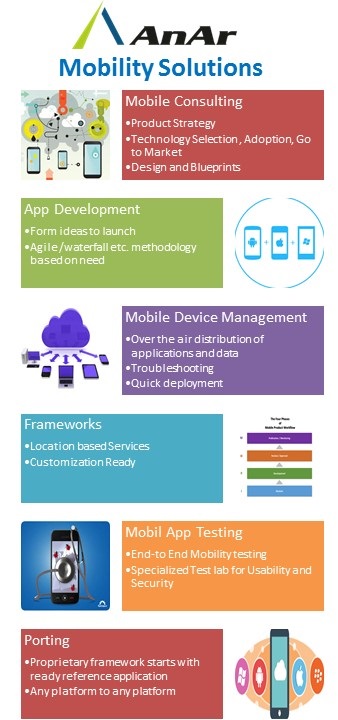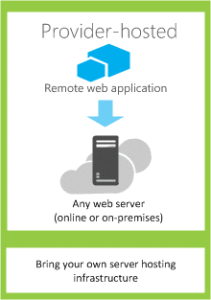Native vs Hybrid Mobile Application Development
The smart phone segment is witnessing a very rapid growth in recent times. This is mainly due to its ease of use and seamless internet connectivity. Most of enterprises are having or building mobile interface for their web or desktop applications. Connected workforce adds productivity boost to many organizations. There are various technology options available to develop mobile apps. Most common technology decision is whether to go for “Native” development or “hybrid or cross platform” development. Here we have listed our understanding about the comparison between Native vs Hybrid mobile development technology.
In hybrid development, one gets started with the app development with the basic knowledge of web technologies like HTML, CSS and JavaScript. Whereas in native mobile development, developers need to learn separate languages to write apps for Apple iOS, Google Android or Windows phones.
End of the day, user experience is everything that matters to smart phones. Hybrid apps are believed to be less efficient compared to native apps and may negatively affect user experiences. There are several key differences in these two mobile apps development approaches:
Let’s go through some of the key features of these mobile apps development approaches:
- User Experience – Native apps are uniform in terms of look and feel and consistent among other native apps of that device. Hybrid apps, in contrast, are developed for variety of mobile platforms that often leads to inconsistency in terms of platform specific UI standards.
- Time to Market – It takes time to build a native app as one needs to develop separate app for each mobile platform. Hybrid app takes comparatively less time due to code portability across platforms.
- Security and Performance – Native apps are developed for a specific mobile platform and have the advantage of faster performance and are more secure. Native apps are considered better in the long run compared to its hybrid counterpart, in spite of higher investments.
- IONIC is one of the most promising HTML 5 mobile application frameworks which is easier to build and maintain. Sencha Touch, is another enterprise-grade hybrid development framework for cross-platform web apps, used with HTML 5 and JavaScript. Intel XDK is an excellent cross platform framework from Intel which is free and available for Linux, Windows and Mac based hybrid app developments.
- The iOS Software Development Kit (SDK) is one of the most popular native frameworks that contains all the tools and interfaces needed to develop a native iOS app. In Android, CoronaSDK is a popular framework among the beginners, or those who want a quick fire development. For Windows application development, .NET Native framework is used alongside Visual Studio 2015.
To summarize, the decision to employ one will entirely depend upon the available time and user requirement. Both native and hybrid can serve the purpose. If time is a non-issue then it makes sense to go the native way as they are better in performance, secure and optimizes users’ experiences. On the other hand, a good hybrid app developer can also get you closer to the native experience, across different platforms in a shorter time.
Since the performance of an app and its user experience is of paramount importance to the development path chosen, it seems the native approach turns out to be the winner in many cases. However, if you want a quick implementation across many platforms, go for the hybrid apps.
http://www.anarsolutions.com/native-vs-hybrid-mobile-development/?utm_source=Blogger.com






